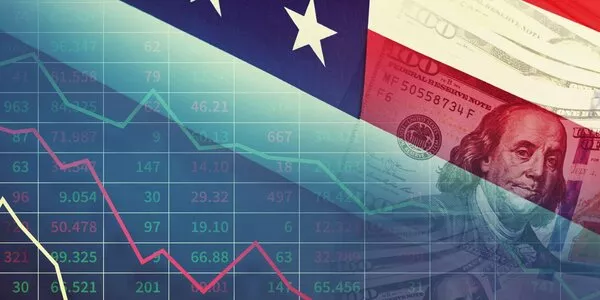
Weekly Update - Central banks could go further and faster
We had statements from the central banks this week suggesting the Federal Reserve (Fed) and European Central Bank (ECB) could hike policy rates further than expected in coming months. Markets responded fast, tweaking their outlooks. Central banks could add to the squeeze by accelerating the run-down of their balance sheets.
Fresh revisions to Fed and ECB terminal rates. The surge in inflation seen in 2022 led the world's leading central banks to rapidly raise interest rates: +450 bp for the Fed, +300 for the ECB and +400 for the Bank of England. At the start of 2023, with price pressures expected to ease - thanks to lower energy costs and a forecast economic slowdown - market watchers were expecting an end to the tightening cycle fairly soon. However, latest data on the economy and inflation surprised on the upside, leading central banks to strike a more hawkish tone. Money markets have revised their forecasts for Fed and ECB terminal rates by 100 bp and 150 bp, respectively. Expectations of further tightening seem more restrained in the United Kingdom, whose economy remains more delicately poised.
Less transmission? Policy rate tightening by central banks seeks to squash price pressures by damping economic activity. By making it more expensive to borrow, it pushes households and companies to consume and invest less. This has caused in the intended outcome: the rises already put through have prompted a clear slowdown in mortgage lending and loans to firms. However, the slowdown so far looks insufficient to slow the economies of the United States and euro zone. The degree to which tighter monetary policy transmits through to the economy seems to be lesser than in past cycles. For one thing, households now borrow at fixed rates, so hikes only affect new borrowings. Secondly, companies and households alike have stacked up big savings since Covid hit, which is allowing them to mitigate the shock of higher rates.
Central banks may also want to boost long yields, by speeding up their quantitative tightening through their balance sheet operations. The Fed and ECB can see that despite already substantial monetary tightening the economy is holding up and inflation persists. This gives them good reason to raise their terminal rate and could also tempt them to accelerate the running down of their balance sheets looking to boost the effectiveness of policy by acting on long-term yields as well. There is a risk that, at a certain level, these short- and long-term rate hikes will put a sudden brake on activity.
Finally, in the main events of the week, we have chosen to talk about China's annual parliament session and to focus on the US employment figures.




